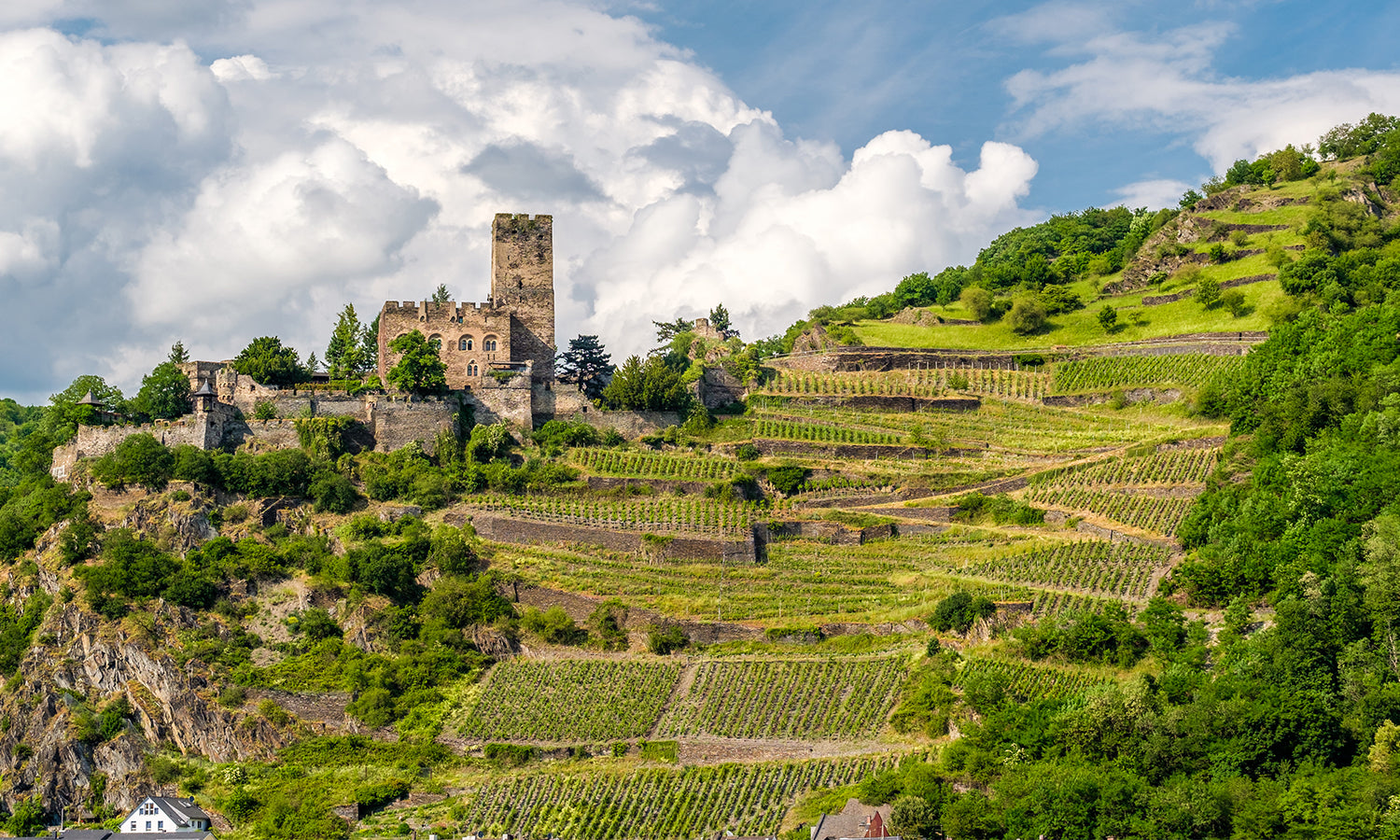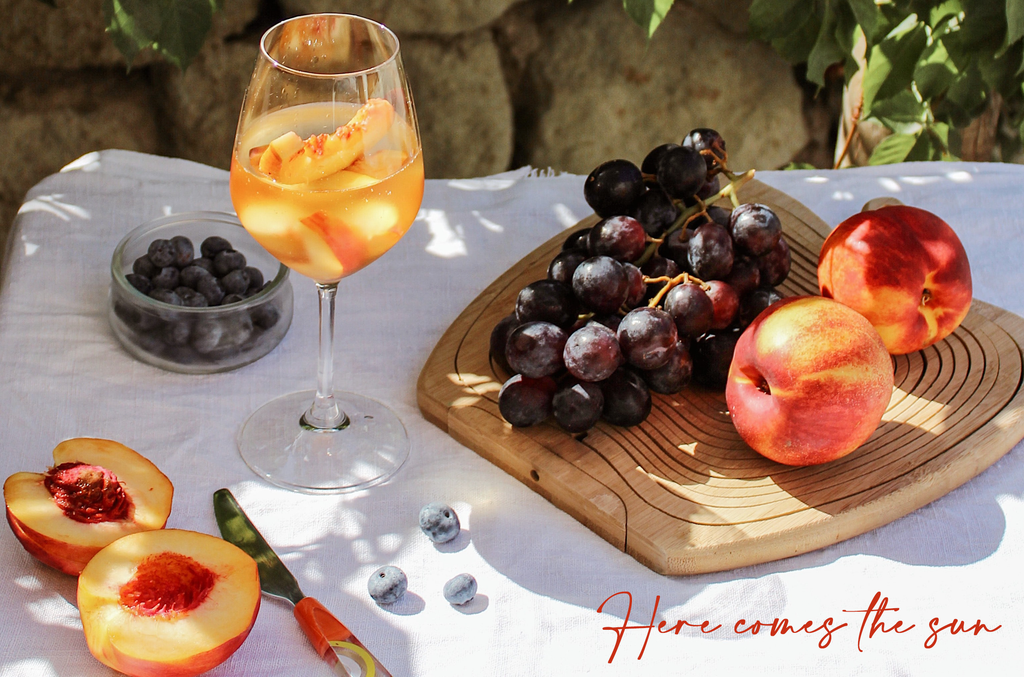When one thinks of German wines, the first thing they would think of is Riesling. It is, after all, the most cherished and widely cultivated grape in the nation.
However, over the years, other grapes, too, have made an appearance in German wines. In regions such as Rheinhessen and Baden, varieties such as Pinot Gris and Pinot Blanc grow alongside Riesling, whilst in Franken, Silvaner is the more common grape.
Furthermore, breakthroughs in cross-breeding have also made way for varieties like Scheurebe, Muller-Thurgau, and Bacchus.
In a country with such a rich history and a variety of top-quality producers, each making wines that are distinctively their own, let us take a walk through the different regions of Germany and discover the beauty of German wines.
Pfalz

In no other region of the world, there is as much Riesling as Pfalz, Germany. However, aside from this classic variety, vintners from the Palatinate are also exploring foreign varieties, such as Cabernet Sauvignon, which is still uncommon in other regions of Germany.
The mountains around Pfalz serve a huge part in protecting the various wine settlements situated in the region from the forces of nature. The soils where the vines are planted are mostly loam with a mixture of other soil types, such as loess, chalk, clay, and colored sandstone or sand. As a result, wines grown and produced in Pfalz are mainly in a dry style and deep-colored with a complex taste profile.
Mosel

Located along the Mosel River, Mosel is one of the 13 German wine regions.
A variety of soils are present here in the different sections of the valley, from clayish state and greywacke in the lower Mosel valley, to primarily shell-limestone in the upper Mosel Valley. The slopes in Mosel are steep, and because of its northern location, the wines made from the Riesling grapes grown here are generally light, lower in alcohol content, crisp and high in acidity. They are also known to exhibit more flowery than fruity aromas.
Nahe, Germany

Image by: Weingut Dönnhoff
The Nahe region got its name from the river that flows through the valleys of the forested Hunsrück Hills gently towards Bingen on the Rhine.
With 2,000 years of wine-making tradition, the Nahe and its tributaries Glan and Alsenz have long been known for their wines. A rich sunshine climate, protection from cold winds, and mild temperatures make the high Hunsruck a prime location for wine growing. Despite being one of the smaller German wine regions, thanks to its turbulent geological history, the soils here are mainly sedimentary (sandstone, clay, limestone) and slate rocks, allowing the region to grow many types of grapes.
Rheinhessen

Image By: Thorsten/Flickr
Nestled in a valley of gentle rolling hills lies Rheinhessen, one of Germany's biggest wine regions. Its beneficial soils and climate allow them to grow both old and new grape varieties such as Pinot Gris and Pinot Blanc.
The soils here are mainly loess, limestone, and loam, often mixed with sand or gravel with the exception of some quartzite-slate found near Bingen and a red, slaty-sandy clay soil called "Rotliegendes" that covers the steep riverfront vineyards of Nackehneim and Nierstein.
Wines produced in this region are often described as medium-bodied, with mild acidity and fragrant bouquet.
How about you, what are your favorite German wines? Do you have a particular winemaking region in Germany that you like the most? Comment in the section below!
***
Words by: Gwenyth Ho
← Older Post Newer Post →








0 comments